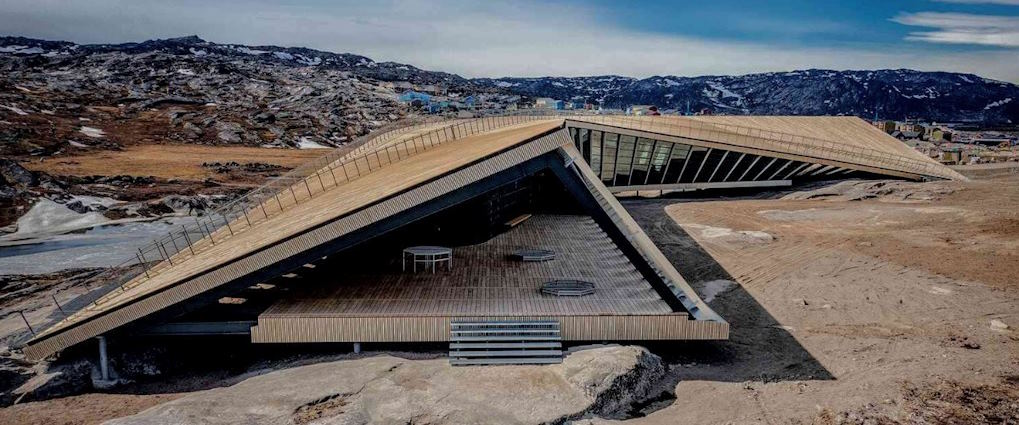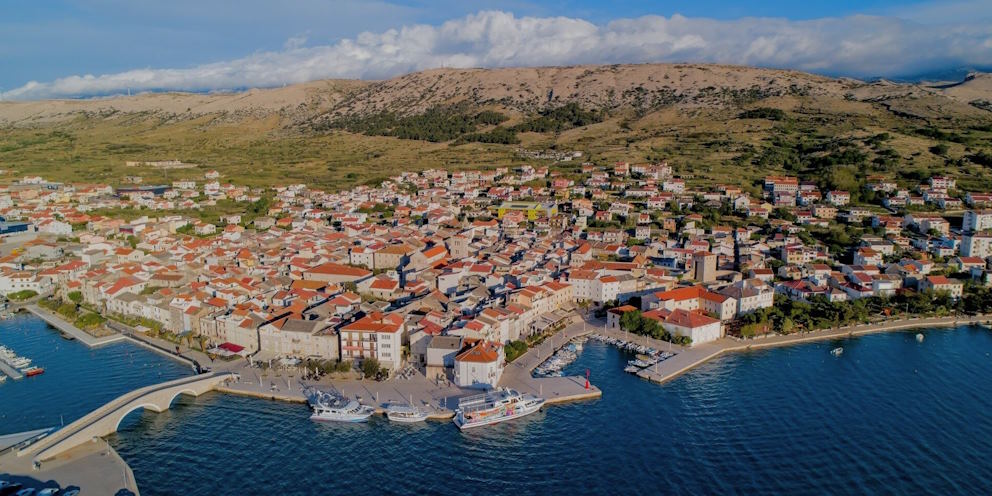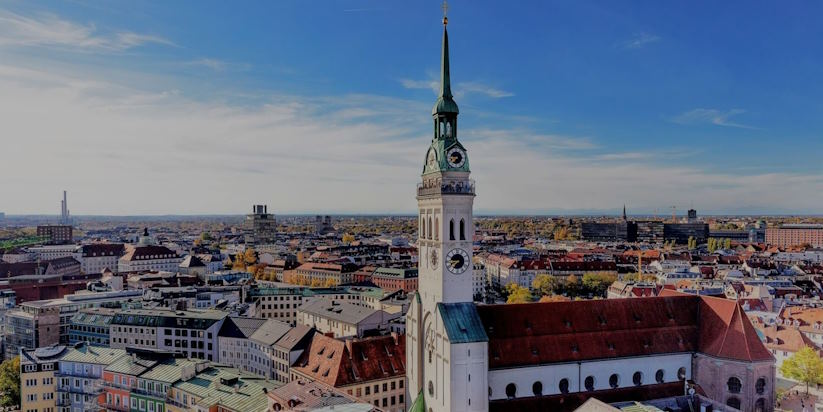Scandinavian architecture is known for its minimalist and functional design, forward-thinking approach, and commitment to sustainability. In recent years, Scandinavian homes have embraced futuristic concepts that prioritize eco-friendly materials, energy efficiency, and smart home technology. These innovative designs enhance the living experience and promote a more sustainable and connected future. In this article, we will explore the futuristic concepts prevalent in Scandinavian architecture, explore eco-friendly materials, energy-efficient solutions, and smart home technology, and highlight iconic examples of modern Scandinavian architecture and its innovative features.
Futuristic Concepts in Scandinavian Architecture
Eco-Friendly Materials
Scandinavian architects prioritize the use of sustainable and eco-friendly materials. These include responsibly sourced timber, recycled materials, and low-impact building techniques. By embracing these materials, Scandinavian homes reduce their environmental footprint and promote a healthier living environment.
Energy Efficiency
Energy efficiency is a core principle in Scandinavian architecture. Buildings are designed to optimize natural light and ventilation, reducing the need for artificial lighting and excessive heating or cooling. Insulation and triple-glazed windows ensure energy conservation, lowering energy consumption and reducing environmental impact.
Smart Home Technology
Scandinavian homes embrace smart home technology to enhance convenience, comfort, and sustainability. Automated systems control lighting, heating, and security, allowing residents to optimize energy usage. Smart appliances and energy-monitoring systems provide real-time data to help homeowners make informed choices about their energy consumption.

Iconic Examples of Modern Scandinavian Architecture
The Treehotel, Sweden
This unique hotel offers guests the experience of staying in treehouses designed by various architects. Each treehouse features innovative and sustainable designs, blending harmoniously with the natural surroundings. The Mirrorcube, for example, is covered in mirrored glass, camouflaging it within the forest.
Bjarke Ingels Group’s (BIG) Projects
BIG, a prominent Scandinavian architectural firm, has designed several innovative and futuristic projects. One notable example is the CopenHill Power Plant in Copenhagen, which features a rooftop ski slope, greenery, and a waste-to-energy plant. It showcases how sustainable design can be integrated into urban environments.
The Icefjord Centre, Greenland
Designed to educate visitors about the impacts of climate change, this center features an iconic building with a curving roof that mimics the surrounding landscape. The design incorporates sustainable elements such as solar panels, rainwater collection, and natural ventilation.
By embracing eco-friendly materials, energy efficiency, and smart home technology, Scandinavian architecture is setting new standards for future living. From treehouses that blend seamlessly with nature to innovative urban projects, Scandinavian architects continue to push boundaries and redefine what is possible. These futuristic concepts create visually stunning structures and promote a sustainable and connected future. As we look to the future of architecture, Scandinavian design serves as an inspiration for creating harmonious and environmentally conscious spaces.


